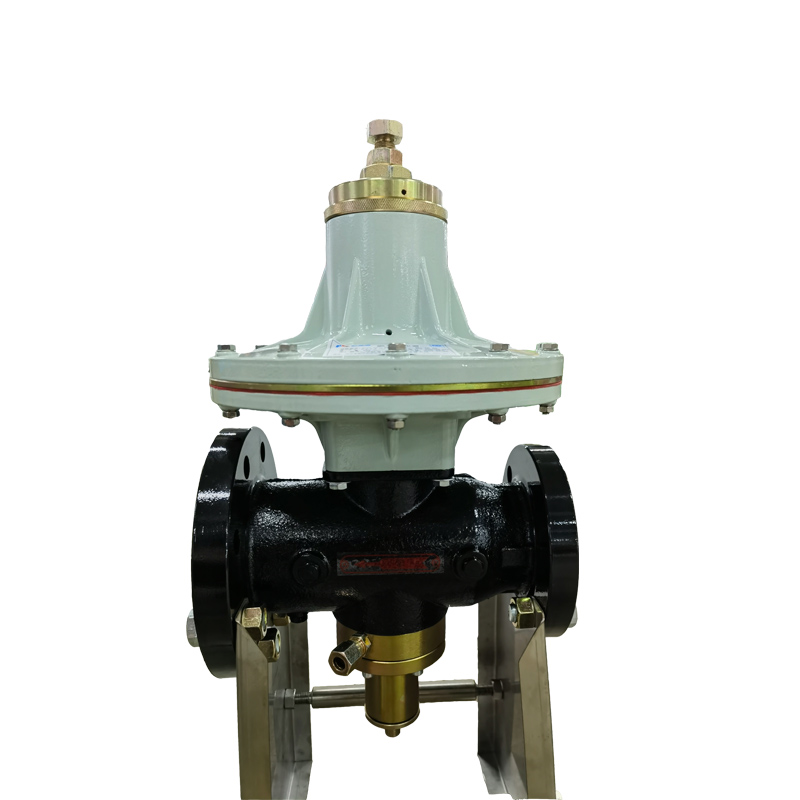
Dec . 01, 2024 23:22
Back to list
natural gas pressure reducing valve
Natural Gas Pressure Reducing Valves Ensuring Safe and Efficient Gas Delivery
Natural gas plays a pivotal role in energy consumption worldwide, being used for heating, cooking, and electricity generation. However, the delivery of natural gas from pipelines to homes and businesses must be carefully managed to ensure safety and efficiency. One crucial component in this process is the pressure reducing valve (PRV), which regulates the pressure of natural gas before it enters the distribution system or appliances.
What is a Pressure Reducing Valve?
A pressure reducing valve is a device designed to lower the incoming pressure of natural gas to a pre-set level that is safe for usage. The high pressure in transmission pipelines often ranges from 200 to over 1,000 psi, while residential and commercial appliances typically operate at pressures around 7 to 10 inches of water column (approximately 0.25 to 0.36 psi). Without a pressure reducing valve, appliances could suffer damage, and there could be significant safety risks, including gas leaks or explosions.
How Does a Pressure Reducing Valve Work?
The working principle of a pressure reducing valve is relatively straightforward. The valve continually monitors the downstream pressure using a diaphragm and spring mechanism. When the upstream pressure exceeds a specific set point, the valve opens, allowing a portion of the gas to escape, thereby reducing the pressure. Conversely, if the downstream pressure drops below the set point, the valve closes to maintain the appropriate pressure. This dynamic adjustment ensures a stable and safe flow of gas to appliances.
Types of Pressure Reducing Valves
There are various types of pressure reducing valves available for different applications. The most common types include
1. Direct-acting PRVs These are simple mechanical devices that respond directly to pressure changes. They are often used in smaller applications, such as residential settings.
natural gas pressure reducing valve

2. Pilot-operated PRVs These valves utilize a secondary control system (pilot) to manage the main valve's operation. They are better suited for high flow and high-pressure applications, as they can handle larger volumes of gas more efficiently.
3. Electro-pneumatic PRVs Incorporating advanced technology, these valves use electronic signals to regulate gas flow. They are often employed in industrial applications, where precise control is essential.
Importance of Pressure Reducing Valves
The significance of pressure reducing valves cannot be overstated. Safety is the foremost concern when handling natural gas. By regulating pressure, PRVs prevent excessive pressure from damaging pipelines and appliances, minimizing the risk of failures and accidents. Additionally, efficient pressure management ensures that gas is delivered consistently, contributing to the overall reliability of energy supply.
Moreover, PRVs can help in conserving natural resources by preventing gas wastage. When pressure is regulated, it ensures that only the necessary amount of gas is sent to users, thereby reducing unnecessary consumption and enhancing overall efficiency in distribution networks.
Maintenance of Pressure Reducing Valves
Regular maintenance of pressure reducing valves is crucial to ensure their optimal performance and longevity. Operators should routinely check for leaks, inspect the mechanical components for wear and tear, and clean or replace filters to prevent blockages. A well-maintained PRV will not only function effectively but also safeguard against unexpected failures in the gas supply system.
Conclusion
In summary, natural gas pressure reducing valves are essential components in the safe and efficient delivery of gas to consumers. By regulating the pressure of natural gas, they play a critical role in ensuring the safety of appliances and preventing potential hazards. As the demand for natural gas continues to grow, understanding and maintaining these devices is vital for energy suppliers and consumers alike. Investing in reliable pressure reducing solutions not only enhances safety but also promotes the sustainable use of a valuable energy resource.
Next:
Latest news
-
Safety Valve Spring-Loaded Design Overpressure ProtectionNewsJul.25,2025
-
Precision Voltage Regulator AC5 Accuracy Grade PerformanceNewsJul.25,2025
-
Natural Gas Pressure Regulating Skid Industrial Pipeline ApplicationsNewsJul.25,2025
-
Natural Gas Filter Stainless Steel Mesh Element DesignNewsJul.25,2025
-
Gas Pressure Regulator Valve Direct-Acting Spring-Loaded DesignNewsJul.25,2025
-
Decompression Equipment Multi-Stage Heat Exchange System DesignNewsJul.25,2025

